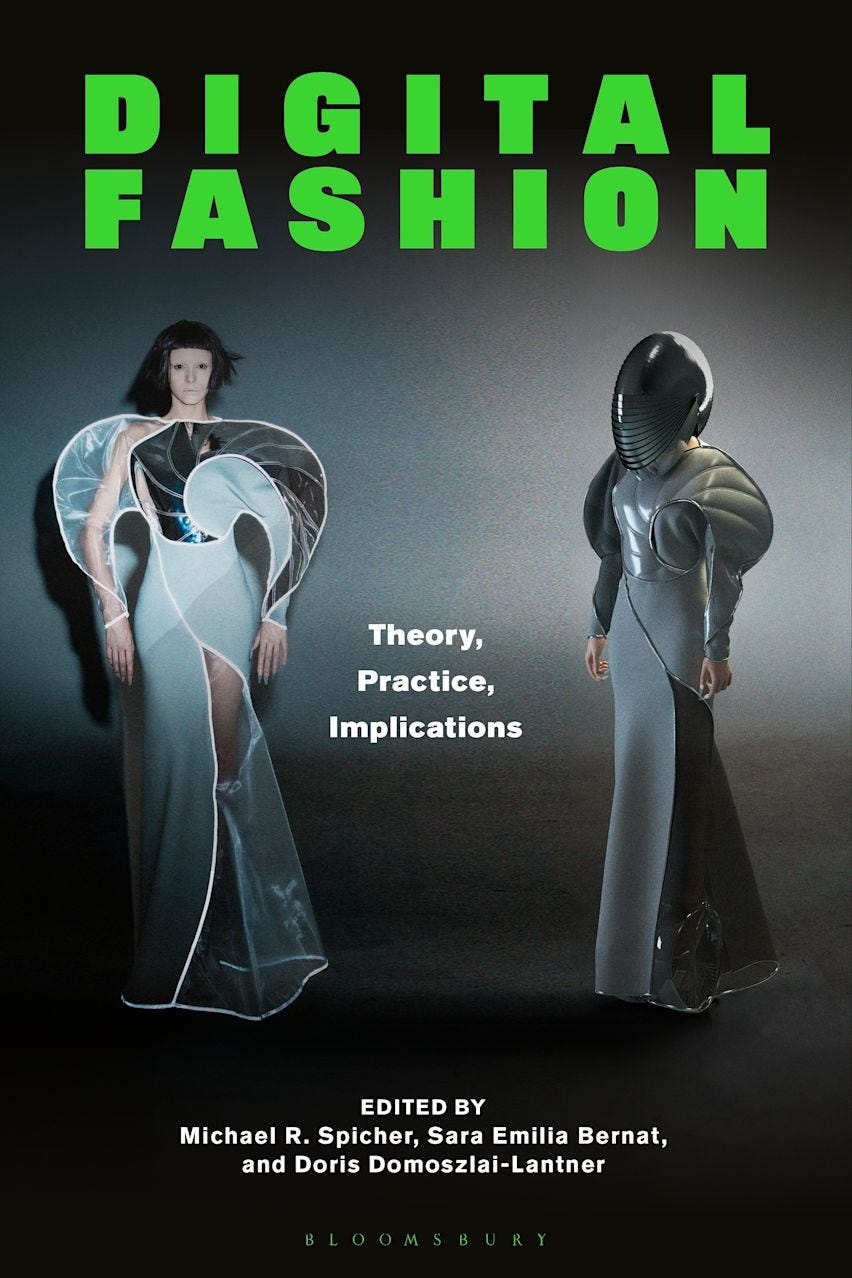Hello Aesthetics Advocates!
I just learned about how AirBnB almost failed before it got going. And it was saved through aesthetics. So, I wanted to share it with you!
Aesthetics Improves Trust: The Case of Airbnb
Airbnb has become so pervasive that it’s easy to assume their success was instant and effortless. But that couldn't be further from the truth. In 2009, when the company was still trying to get off the ground, they were on the verge of bankruptcy. They had a great idea, but it wasn’t working—they were losing money fast.
The three founders—Brian Chesky, Joe Gebbia, and Nathan Blecharczyk—knew they had to figure something out quickly, or their business would fail before it even had a chance to grow. While reviewing listings in New York City, they noticed a common problem: the photos were terrible. Most were taken with low-quality phone cameras, often in poor lighting, making the listings look unappealing.
The Power of Aesthetics in Business
At first glance, one might assume their struggle was due to a flaw in their system, website, or marketing. But the founders knew their idea was solid. The problem wasn’t functionality—it was perception.
In this article, Gebbia explained how they initially believed everything needed to be scalable. Yet, with their company on the brink of collapse, they decided to experiment. Paul Graham, a computer scientist and influential mentor, suggested a completely unscalable, low-tech solution: travel to New York, rent a professional camera, meet with customers, and replace amateur photos with high-quality images.
There was no data to justify this move. It was purely a leap of faith in the power of aesthetics.
Within a week, the impact was undeniable. Their weekly revenue doubled from $200 to $400—and it continued to climb. The original low-quality photos failed to establish trust with potential guests. But the improved visuals made listings more inviting, helping to convert curious browsers into paying customers.
Today, Airbnb is a global brand, and while the occasional poor-quality photo may no longer make or break a listing, aesthetics played a pivotal role in their early success. Aesthetics is not just decoration—it’s a force multiplier.
The Takeaway
Functionality, coding, and algorithms alone cannot solve every problem. Customers need to trust your product or service before they engage with it. As Gebbia noted, while Airbnb is data-driven, they don’t let data dictate every decision. Instead, they begin with a creative hypothesis, implement changes, measure their impact, and refine accordingly.
Conclusion
You may have a groundbreaking idea. You may possess the right expertise. You may be highly motivated. But without aesthetics, your idea could still fail. Aesthetics isn’t just about making things look good—it’s about communicating value and building trust.
The way your product, service, or brand is presented shapes how others perceive its worth. People make snap judgments based on visuals, often before they even read the details. If something appears polished and professional, it signals reliability and quality. If it looks haphazard or unrefined, skepticism creeps in.
Airbnb’s story is a testament to this truth. A simple shift in presentation transformed their struggling startup into a thriving business. The same principle applies to any venture—whether you’re selling a product, offering a service, or sharing an idea.
Aesthetics can be the difference between being overlooked and being irresistible.
Invite Michael to speak or deliver a workshop,
email at michaelrspicher@gmail.com
Relevant ARL Articles
Aesthetics are Intangible Assets
Seeking the Familiar with a Twist
ARL News
My latest article for BeautyMatter asks whether there are different stages of beauty throughout our lives.
I spoke with Jessica Quillin about luxury and aesthetic experiences on the Fashion Strategy Weekly podcast.
I spoke with Tony Martignetti on his podcast The Virtual Campfire. We talked about how aesthetics transforms our lives.
Digital Fashion: Theory, Practice, Implications, edited by Michael R. Spicher, Sara Emilia Bernat, and Doris Domoszlai-Lantner, is available for purchase! (Our book was recently featured in a BeautyMatter article.)





